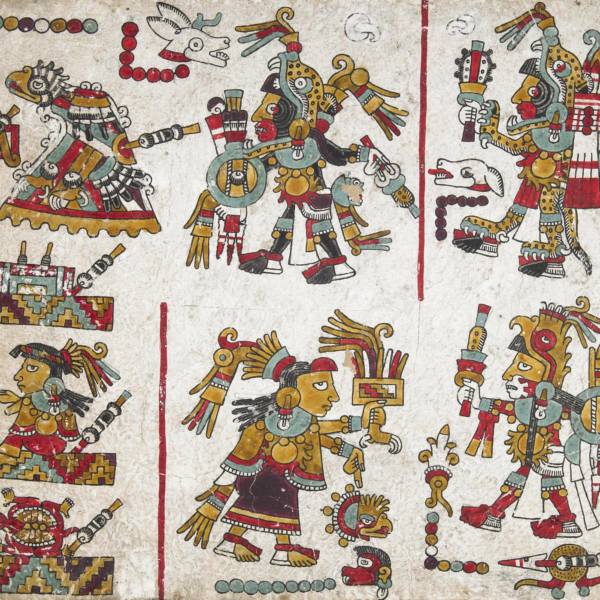Birds/Clay: Digital Artist Residency at the British Museum
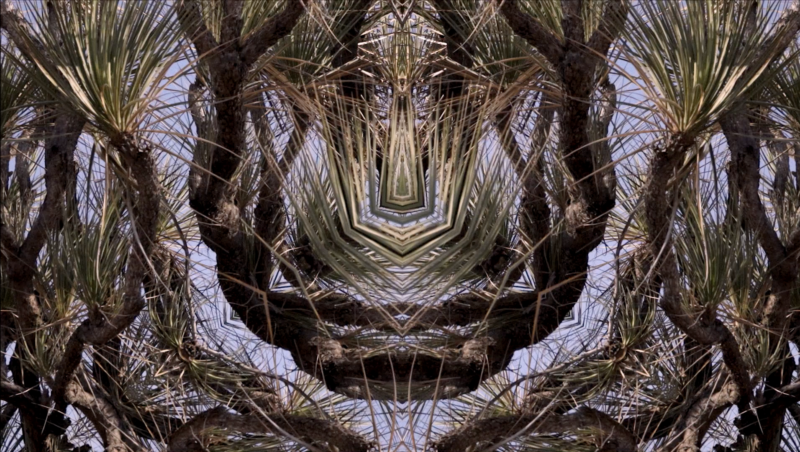
Sounds and images from the Mesoamerican landscape, and traditional instruments are combined by Martínez Valderrama to create a ‘soundscape composition’ of the region using his experimental art practice.
Saa Ñu’ú is the result of the digital residency at the Santo Domingo Centre of Excellence for Latin American Research, which aims to explore how artists connect with museum collections via images and videos to produce art within their own cultural landscape, in this case, Mexico.
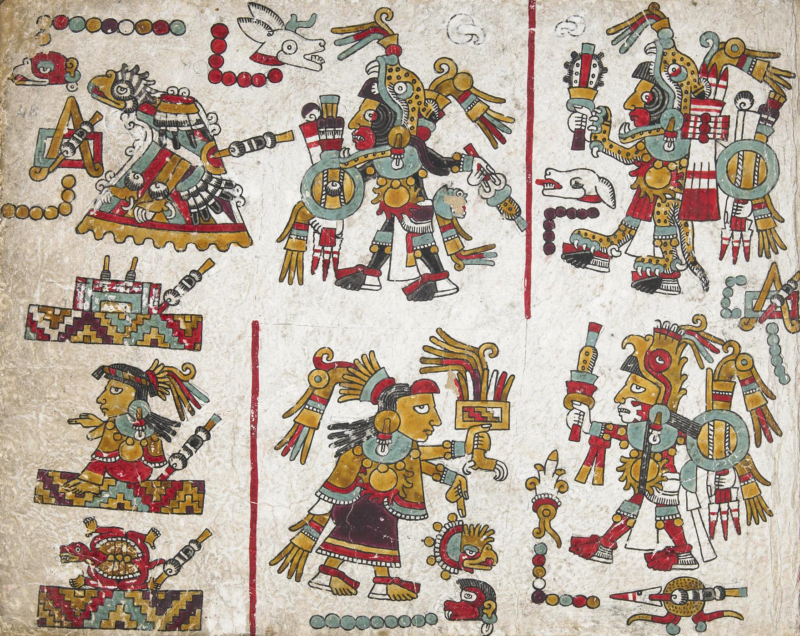
Tonindeye Codex (Zouche-Nuttall) ©Trustees of the British Museum
Martínez Valderrama worked alongside Indigenous archaeologists from three cultural and linguistic areas in Mesoamerica who reinterpret items such as the Tonindeye Codex (Zouche-Nuttall) and the Xiuhpohualli of Tenochtitlán (Aubin Codex).
This work is associated to the research project, ‘Ancient Writing, Contemporary Voices: Decolonising the Mesoamerican Quincentenary’, which critically commemorates the 500th anniversary of the fall of the Aztec capital Tenochtitlan, in what is now Mexico City, to Spanish conquistadores.
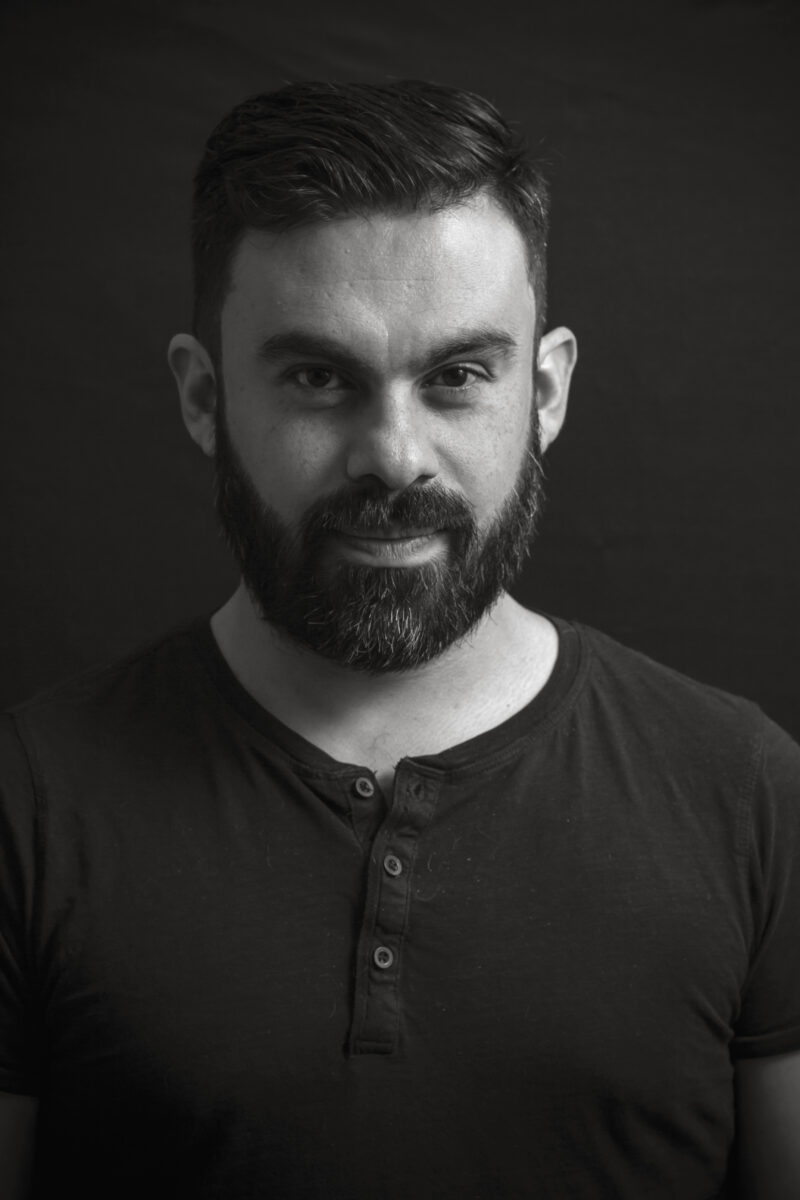
Jorge Martínez Valderrama
Composition
My artwork is an electro-acoustic soundscape composition, an ‘acoustic collage’ from an imaginary place that contains artificial sounds, some unpredictable and uncertain, that act like they had their own life force.
Saa Ñu’ú is composed of four groups of sounds: Mesoamerican musical instruments, sounds from nature (water, wind, fauna, and other ambiences), hybrid sounds, and processed sounds (via synthesis). The interwoven development of the work presents combinations and sound crossings, textures, tones, and concepts with the purpose to generate effects and complex sensations.
I have structured the Mixtec instruments, the sounds from nature, and the new collection of hybrid sounds that were digitally processed in different planes with transitions based on mixed elements and textures that reflect on continuous sound contexts that move gradually and transitorily.
These move from one state to another, from one character to another, from one sonority to another. This served to establish sound juxtapositions and to suggest metaphorical meanings.
The echo (reverberations) is used constantly, it symbolizes the space, permanence, and perpetuity.
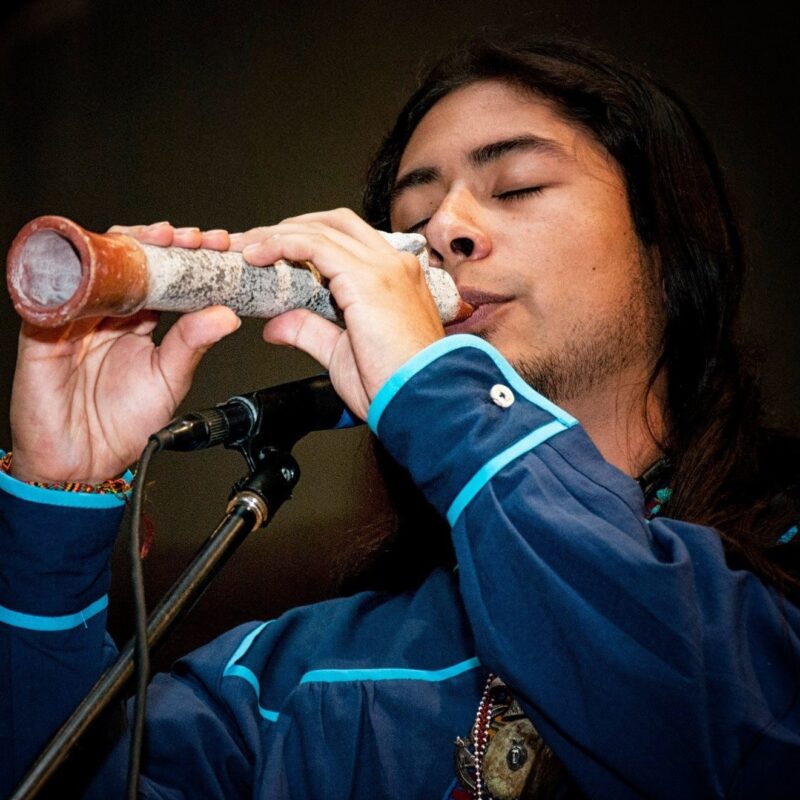
Luis García Acevedo, musician
Recording Mesomerican instruments
In collaboration with the Mixtec musician, Luis García Acevedo from the musical group Yodoquinsi, I recorded gestures, phrases, melodies and sounds from a diverse group of instruments and sound artefacts from his personal collection. The majority of the instruments are Mixtec and have been mentioned in different codices such as the Becker, Tonindeye (Zouche-Nutall) and Vindobonensis, among others.
The instruments that were recorded include the biglobular ocarina, bat ocarina, bird ocarina, Mixtec whistle, wind whistle, ‘acocote’ trumpet, whistling vessel, conch, reed flute, cantaro, rattle, rattle strick, clay and metal bells, ‘huéhuetl’ (small and big), ‘qhu’, ‘omichikahuaztli’ palm and turtle.
Bat ocarina – played by Luis García Acevedo
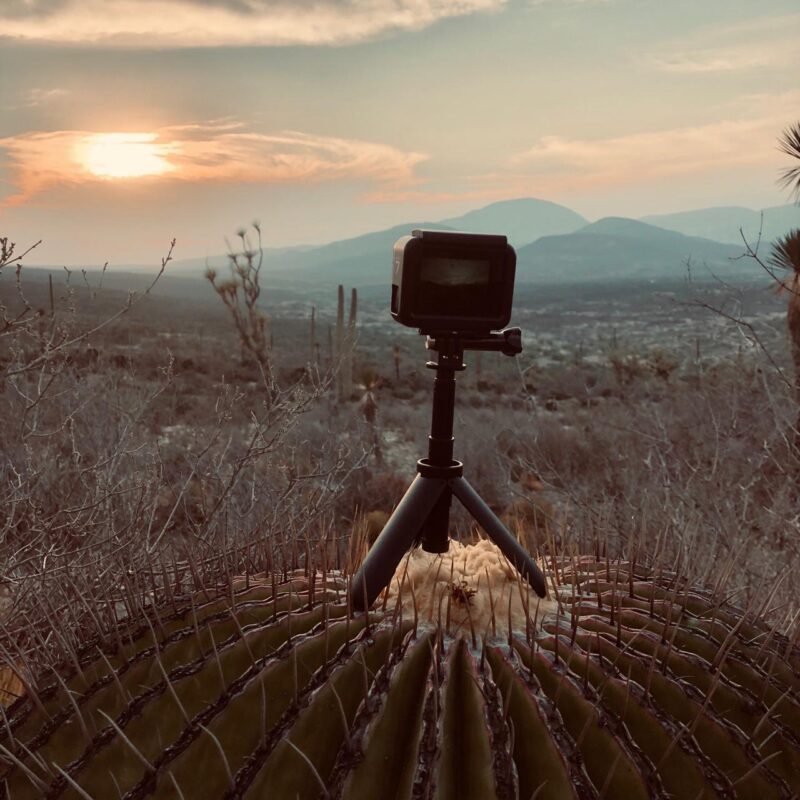
Recording Nature
In conjunction with the technical team and guides, we did a trip along the Mixtec Puebla and Oaxacan border. There we were able to record sounds of water, wind, birds and other natural elements.
The recordings were done in Zapotitlán Salinas, Metzontla Los Reyes, San Juan Raya, Acatepec y Chazumba.
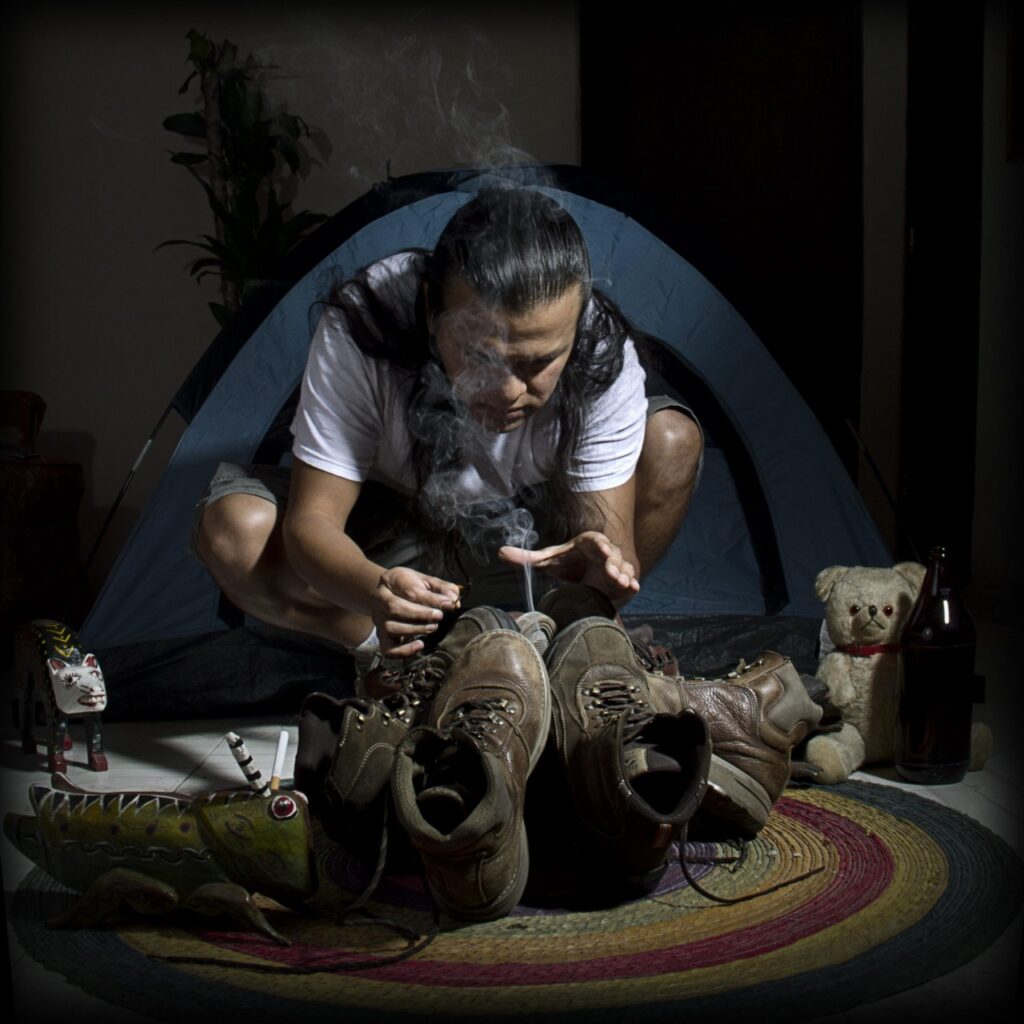
Marco Antonio Lara, filmmaker
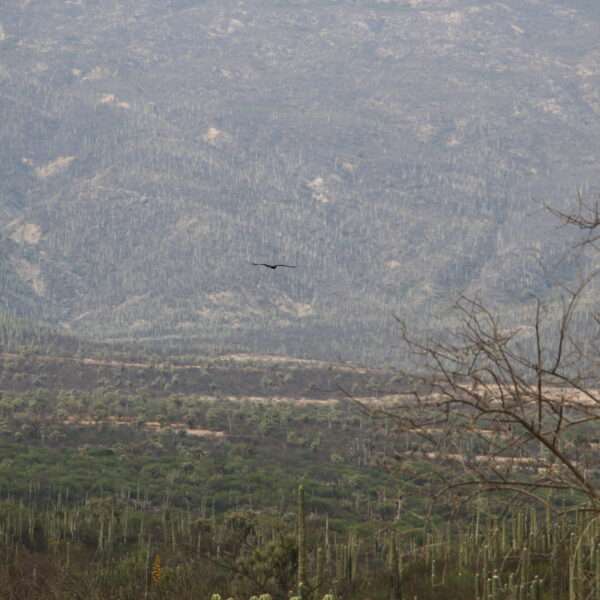
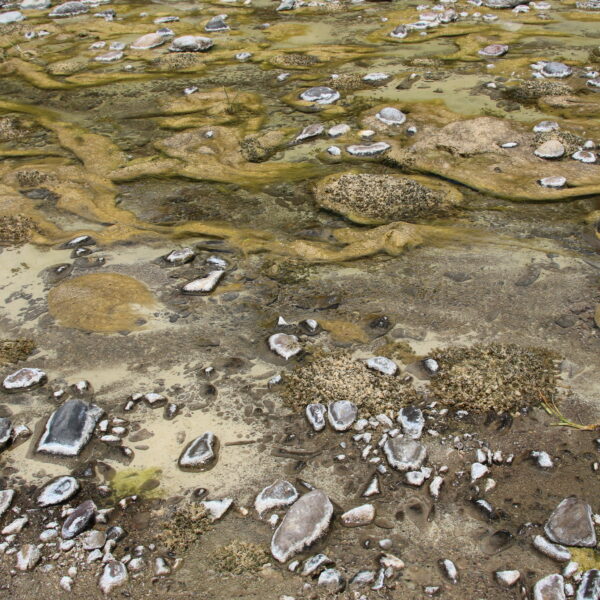

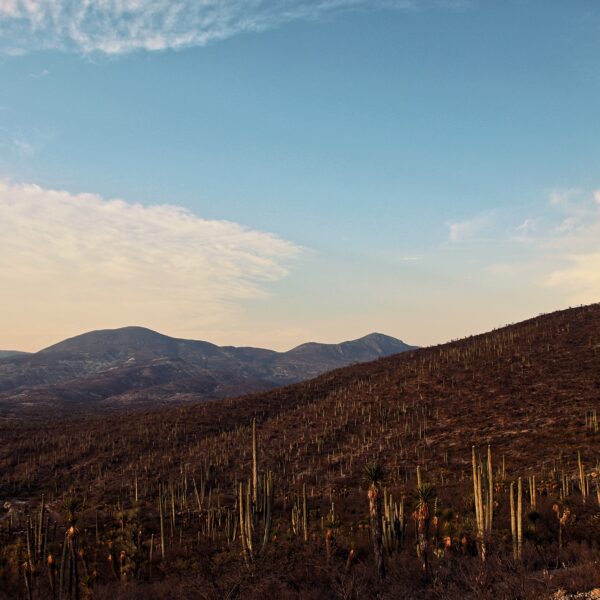
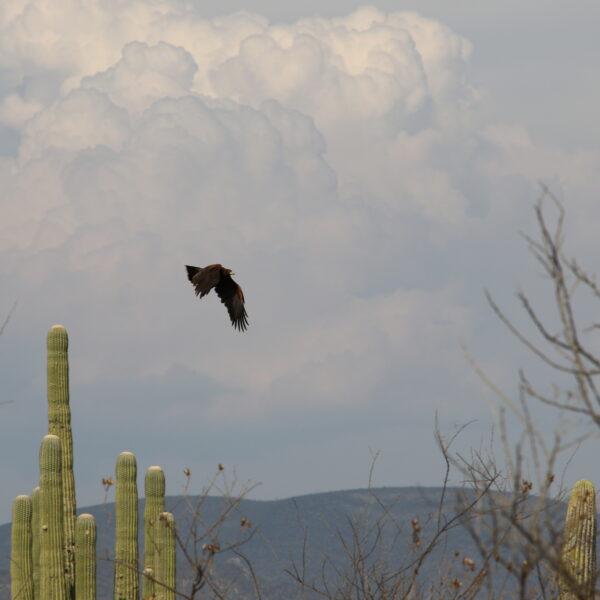
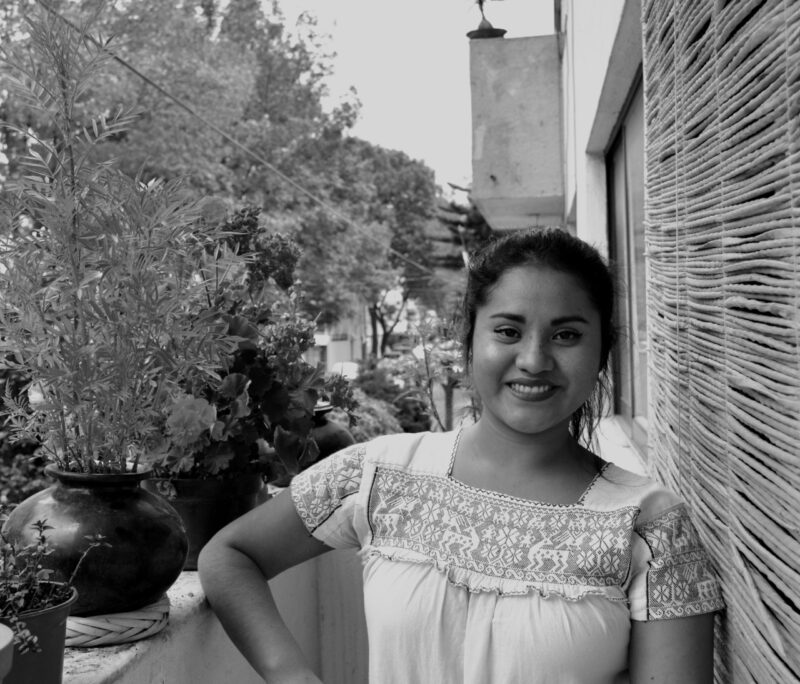
Nadia Ñuu Savi, poet
Recording Voice
The Mixtec poet Nadia Ñuu Savi recorded her voice reciting a poem that talks about soundscapes, time, cycles, spirals, the people of the rain and perpetuity.
Yu ́va tíkàì
Saa ñu’ú,
ñu’ú savi,
chooni savi ñii
yutu ñu’un
Tiempo káka kava ra
ñu ́ma kachi antivi,
kikaa xaa tiloo
ñu ́um kàtì
Patsa ́un tachi kuiso tiempo
ra ndaa kunchee
nikanchii vikó ra kachi,
yu ́uku chi ́i ñuu
yu ́va tíkàì.
Kusu sutsa vixi,
kusu nivi savi,
ntakuatu yuku
ra yuta sita,
tachi kachi ichi ñu’un.
kixi tiempo koo anga yu ́u,
chikui ra savi koo tsaá,
káka yu ́va tíkàì
Clay birds,
Earth rain,
Breeze salt,
Tree fire
Time bends and
smoke speaks in the sky
A new cycle begins
of light and shadows
The elder wind holds time
and with its hands recognizes
the horizons and he names them,
his mouth sows the world
in spirals
The copal sleeps,
on top of the rain people,
the prayers of the hills
and the rivers breathe,
the wind talks with the fire.
We come from a time without shores,
from the water and the most ancient rain,
that walks in spirals.
